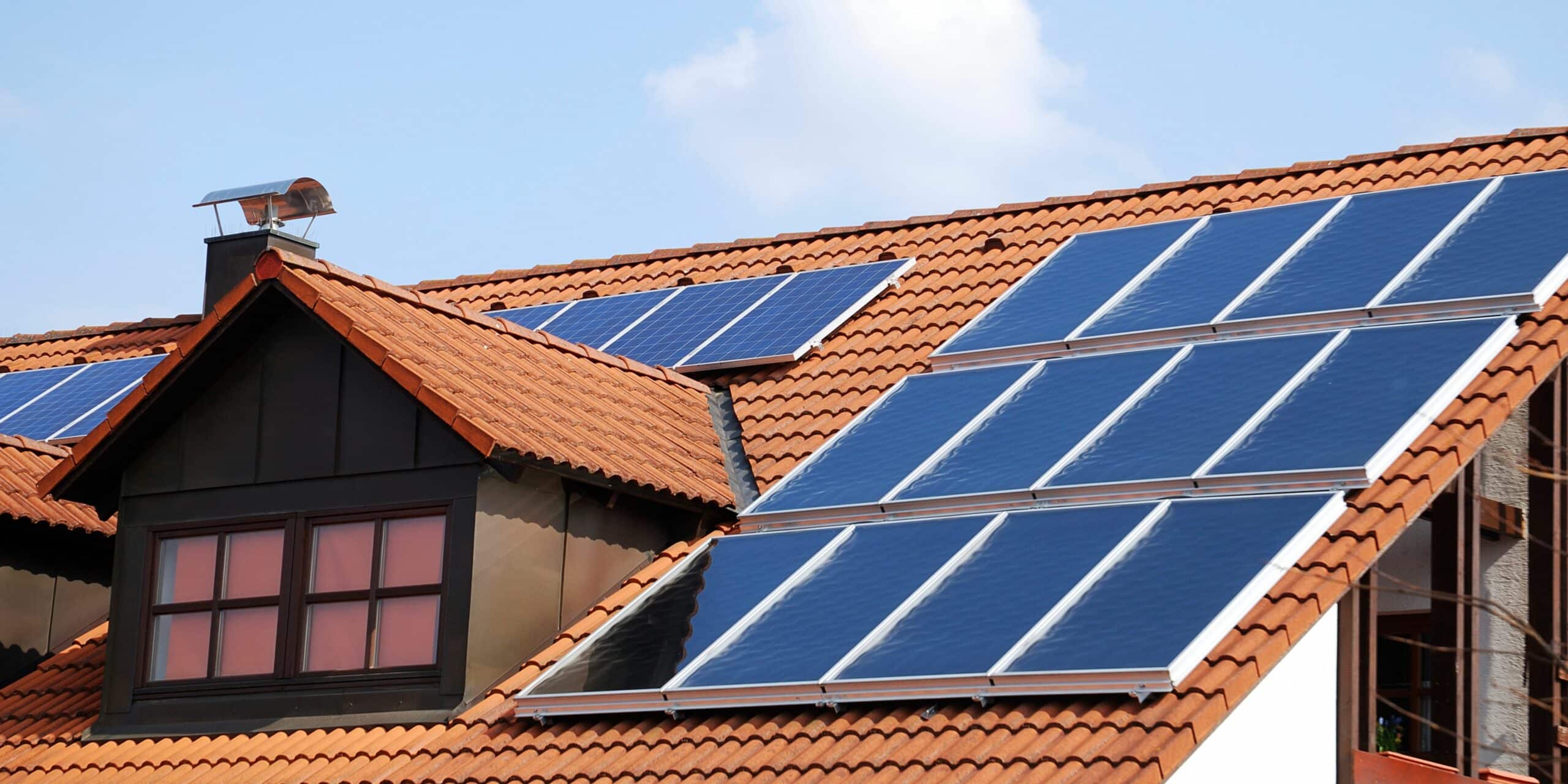Can the Inflation Reduction Act of 2020 Help the US Compete with China’s Solar Panel Dominance?
The Inflation Reduction Act of 2020 was signed into law by President Biden on July 1, 2020, providing tax incentives for companies that manufacture solar panels in the United States as well as other renewable energy technologies such as wind turbines and electric vehicles. However,
The Inflation Reduction Act of 2020, signed into law by President Biden on July 1, 2020, has provided tax incentives for companies engaged in the manufacture of solar panels and other renewable energy technologies in the United States. However, investors are questioning whether these incentives will be sufficient to compete with China’s dominance in solar panel manufacturing. President Biden’s plan to challenge China’s preeminence in this industry is expected to be released soon, along with guidelines from the U.S. Treasury Department.
A potential approach under consideration by the Biden administration would allow manufacturers who use domestically available goods to apply bonus credits toward meeting requirements set out by federal agencies or state governments. However, the industry is divided on what constitutes “American-made.” The Solar Energy Industries Association (SEIA), the top U.S. solar trade group, has proposed that panels assembled in the United States should qualify for the credit, regardless of where the cells inside them are produced. In contrast, manufacturers hoping to establish or expand domestic factories for solar components believe that requiring solar wafers and cells to be made in America is essential to produce goods that are currently almost exclusively manufactured in China.
This lack of clarity on domestic content requirements has led to confusion among manufacturers. Companies such as Array Technologies Inc. have called for clarification from the Department of Treasury on what qualifies as domestic content under the IRA. It is uncertain how the lack of clarity will impact the solar manufacturing industry, as there is no way to predict the demand for U.S.-made solar panels and how much companies will be willing to invest in new facilities if they believe that China’s dominance in the industry cannot be easily challenged by U.S.-based competitors. However, if companies decide to invest in new factories and hire workers as a result of these incentives, there is potential for significant job creation within America’s renewable energy sector over the coming years.
investors are questioning whether this legislation will be enough to compete with China. Biden’s plan to challenge China’s dominance in solar panel manufacturing is expected to be released soon, and the details of the plan are still unknown. The U.S. Treasury Department is expected to release guidelines for the legislation as well. A potential approach under consideration by Biden’s team would allow manufacturers who use domestically available goods to apply bonus credits toward meeting requirements set out by federal agencies or state governments.
The industry is divided on what qualifies as “American-made.” The top U.S. solar trade group, the Solar Energy Industries Association (SEIA), has proposed that panels assembled in the United States should qualify for the credit regardless of where the cells inside them are produced. Manufacturers hoping to set up or expand domestic factories for solar components want stricter rules, saying that requiring solar wafers and cells to be made in America is key to producing goods that today are almost exclusively made in China. This has led to confusion among manufacturers, with companies like Array Technologies Inc. stating that the Department of Treasury needs to provide clarification on what qualifies as domestic content under the IRA.
The impact of this legislation on solar manufacturing is unclear at this time. It is difficult to predict the demand for U.S.-made solar panels and how much companies will invest in new facilities if they believe that China’s dominance in the industry cannot be challenged easily by U.S.-based competitors. However, if enough companies decide to invest in new factories and hire workers as a result of these provisions, then significant job creation within America’s renewable energy sector could occur over the coming years.
See source here: https://www.canarymedia.com/articles/solar/could-the-inflation-reduction-act-revive-solar-manufacturing-in-the-u-s







